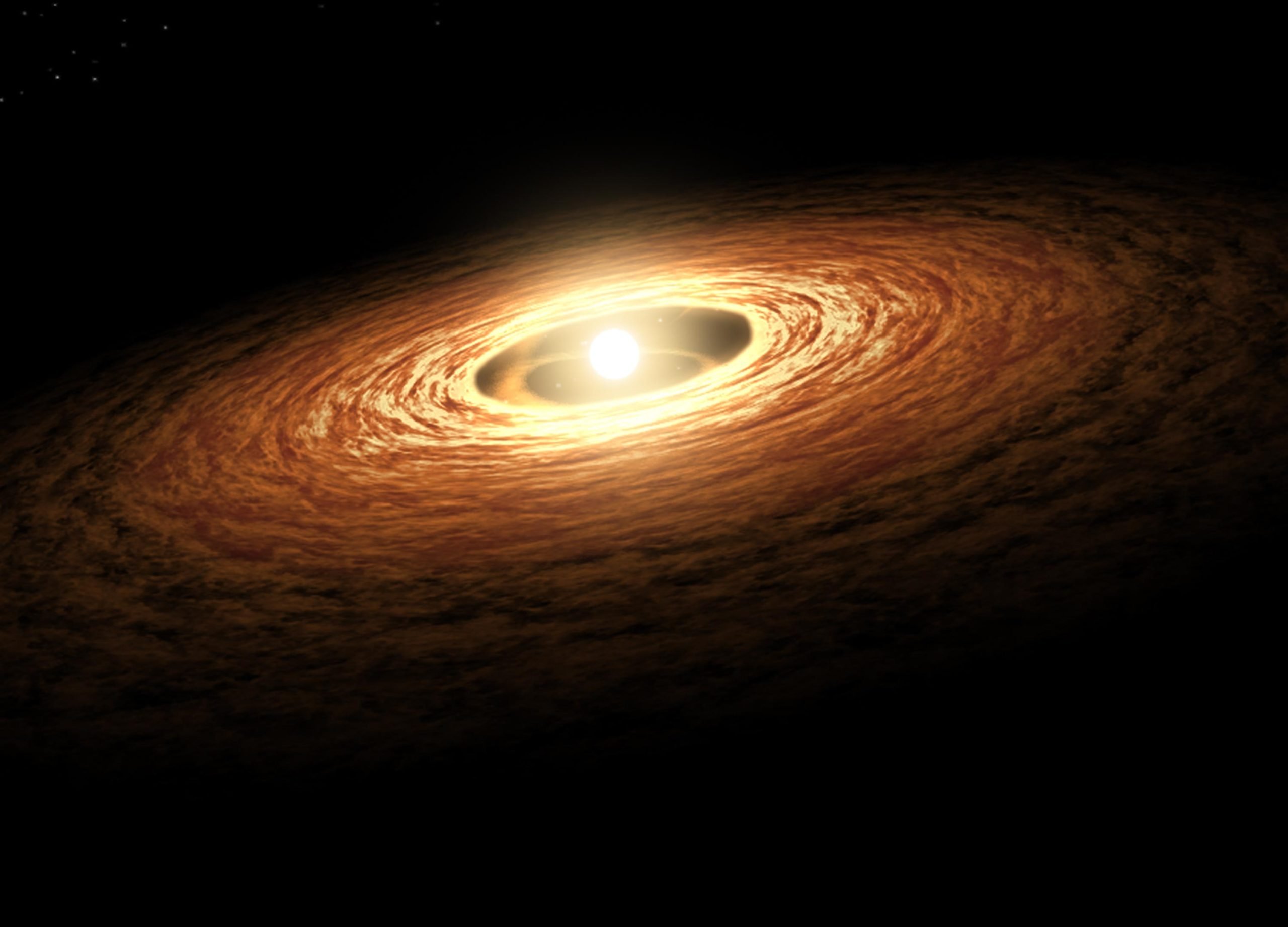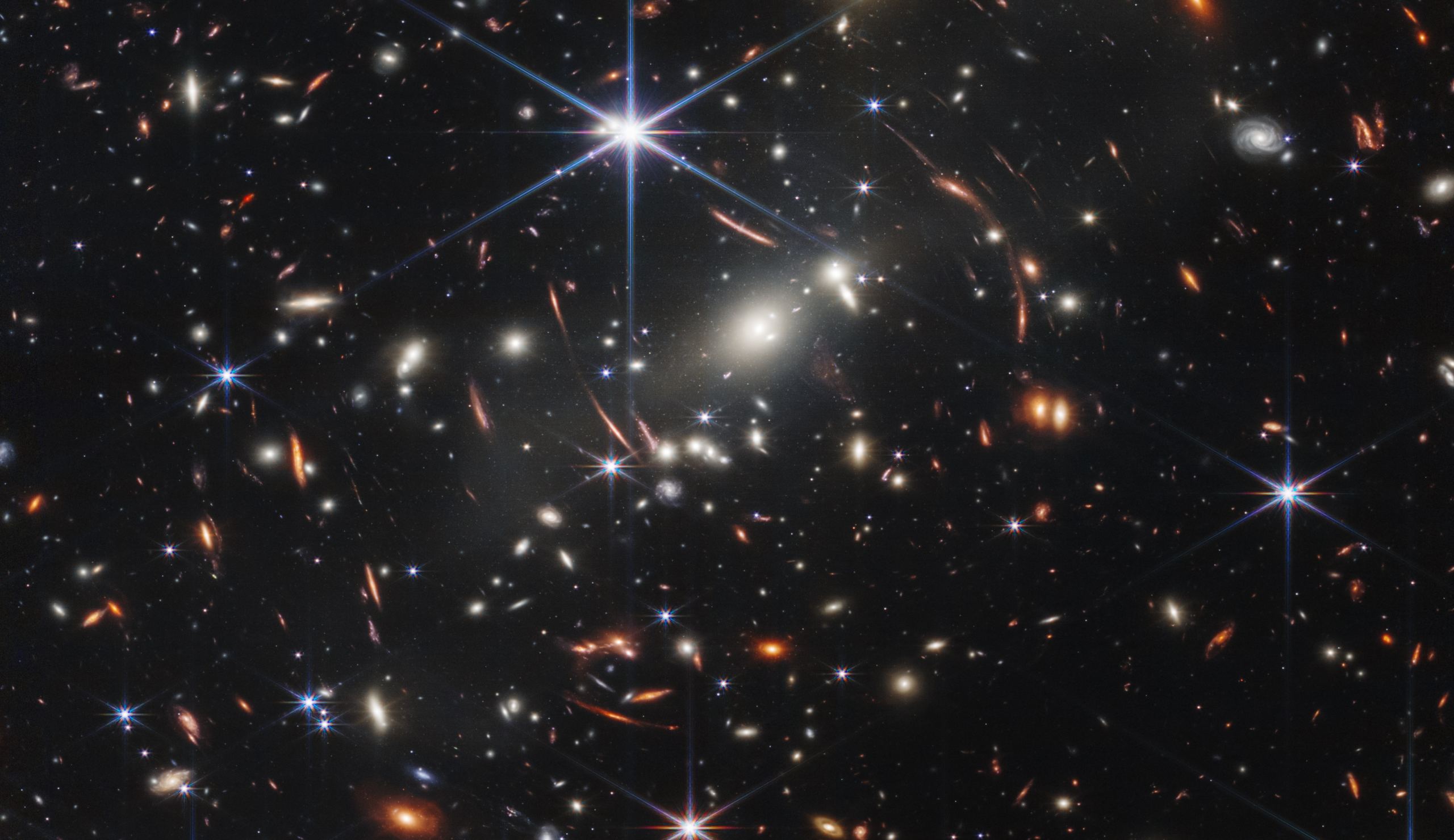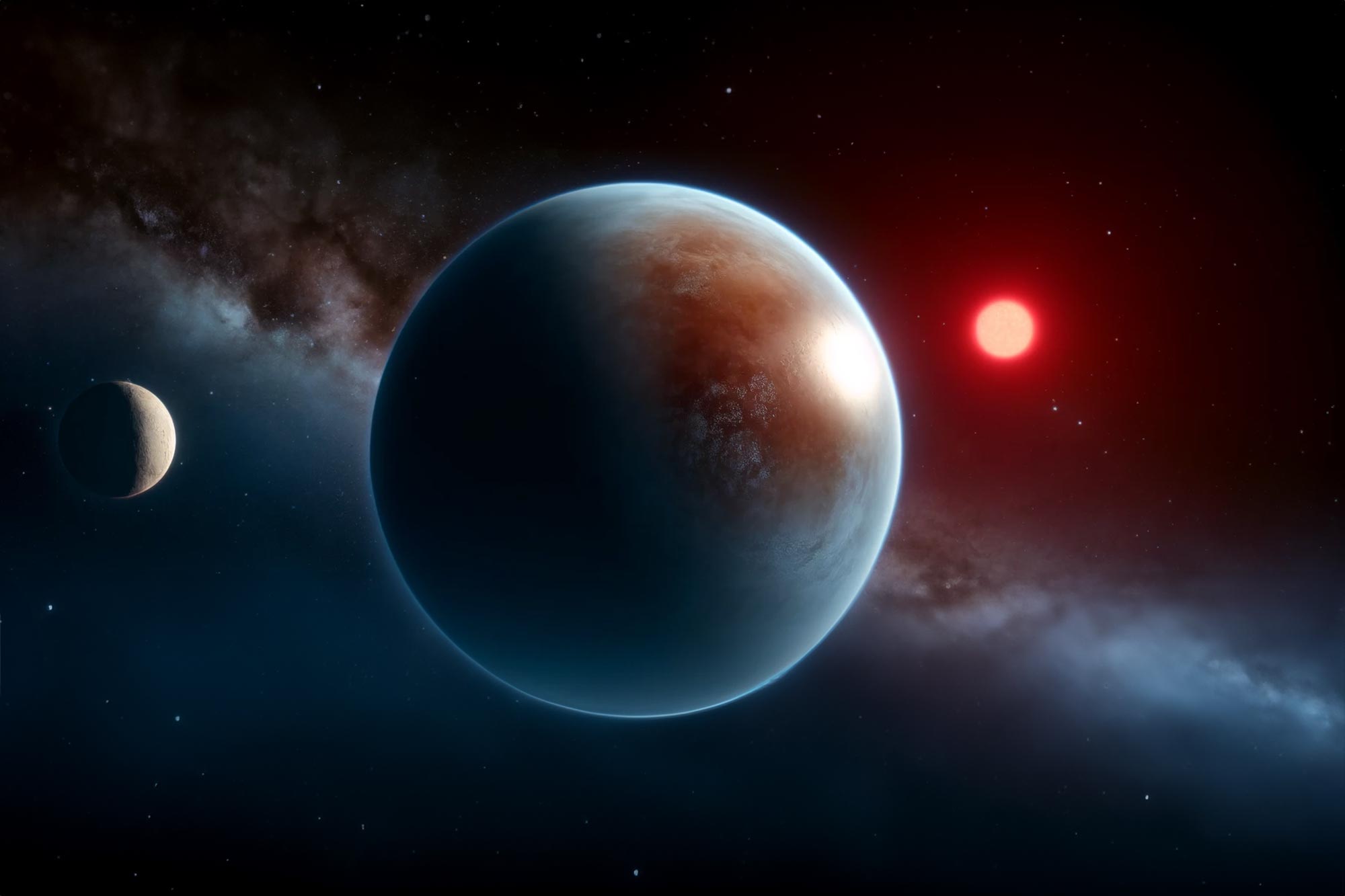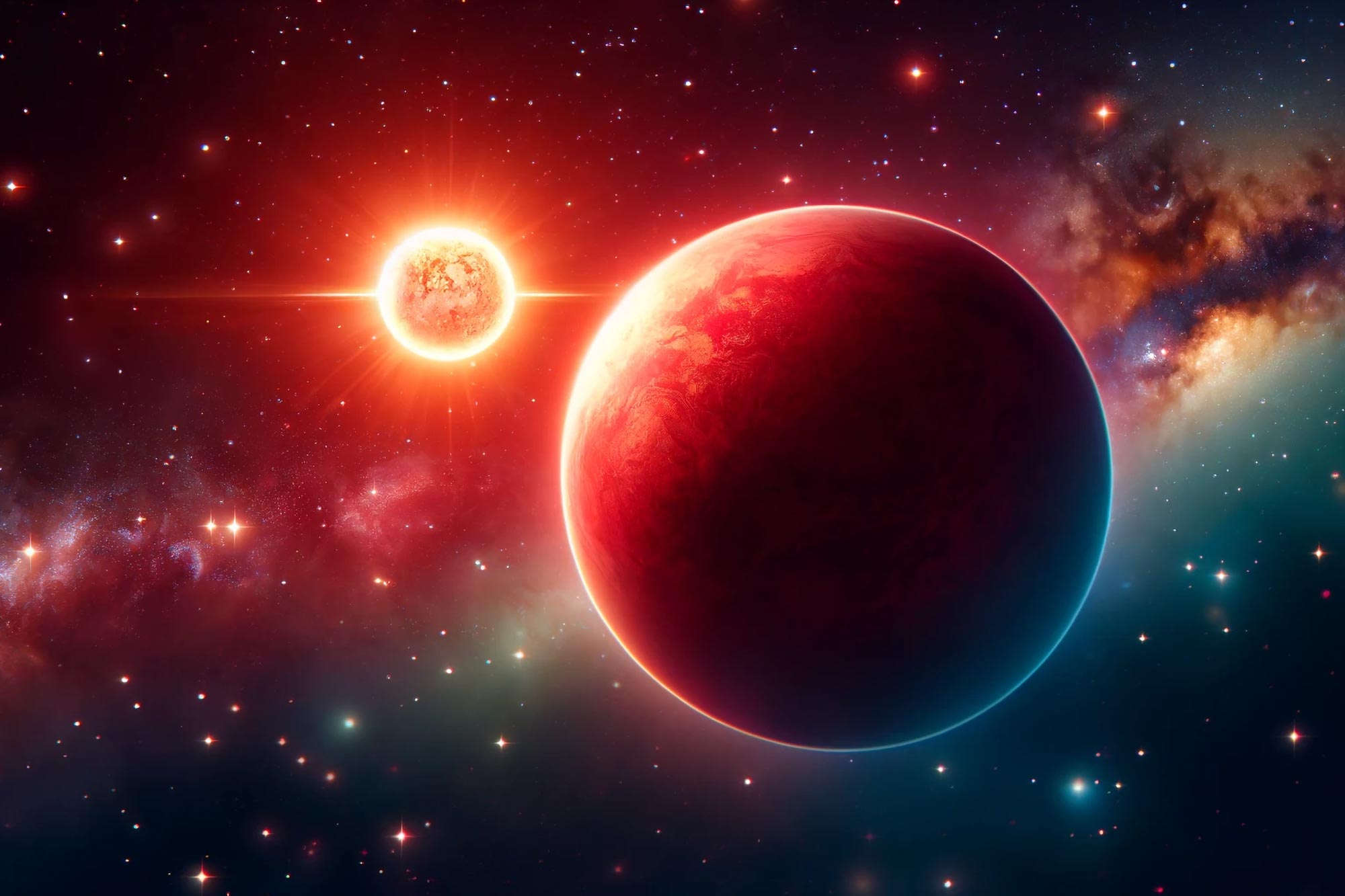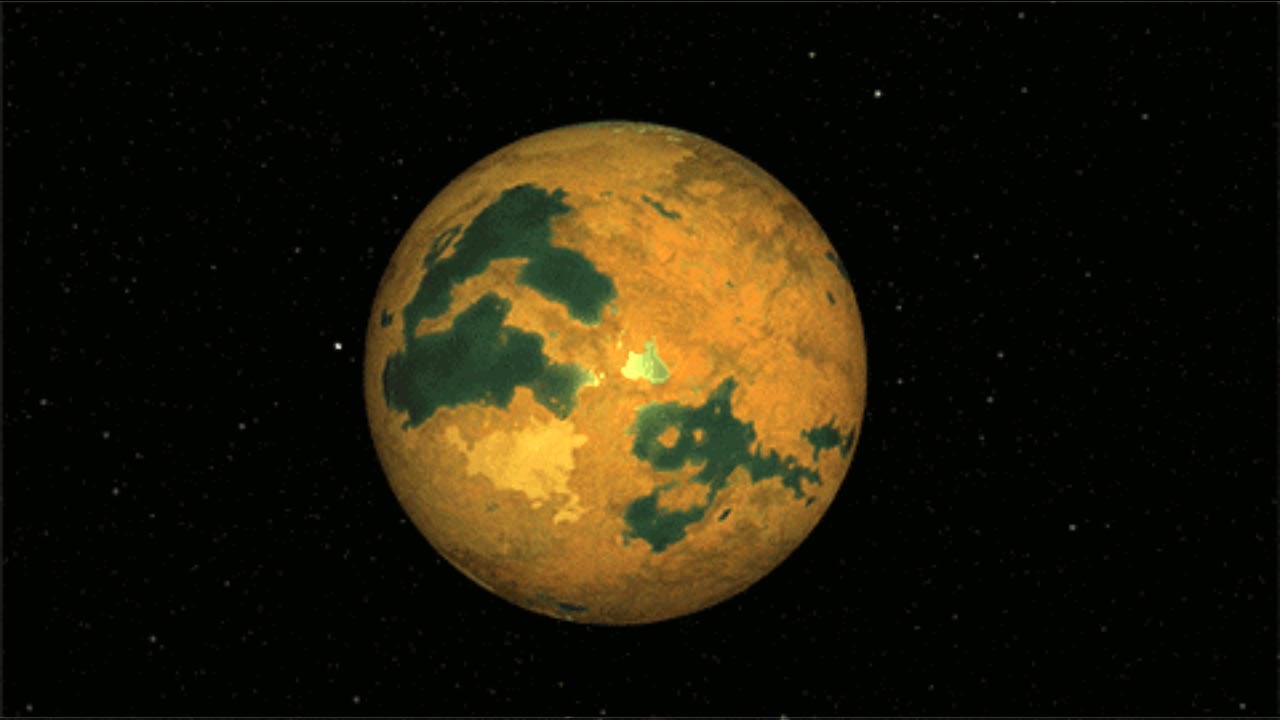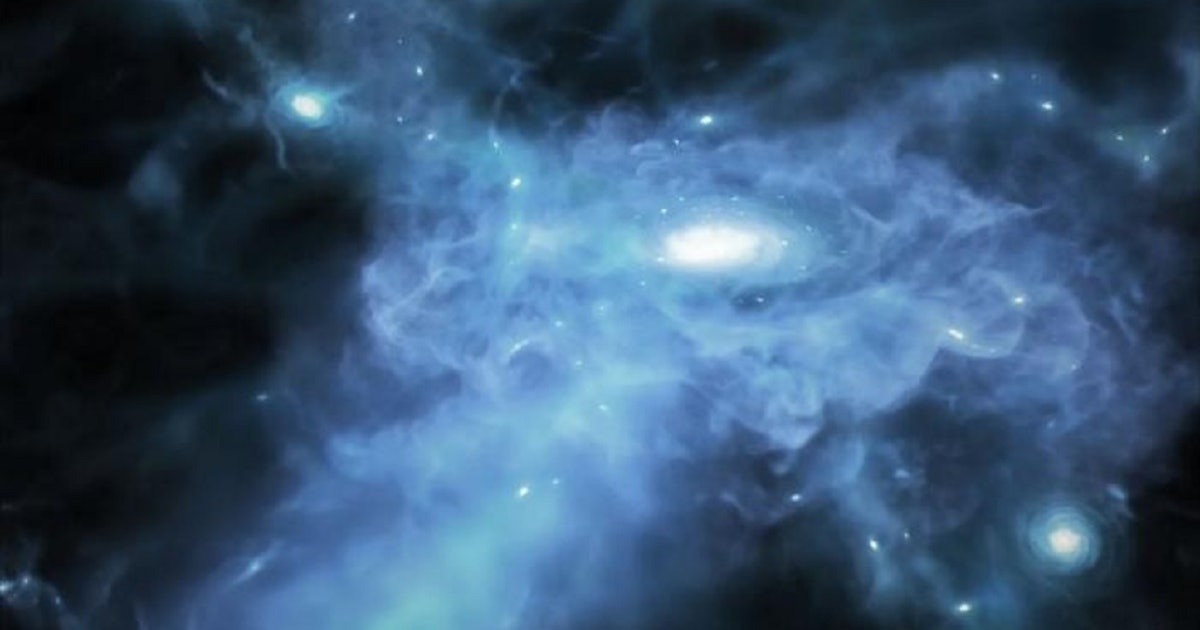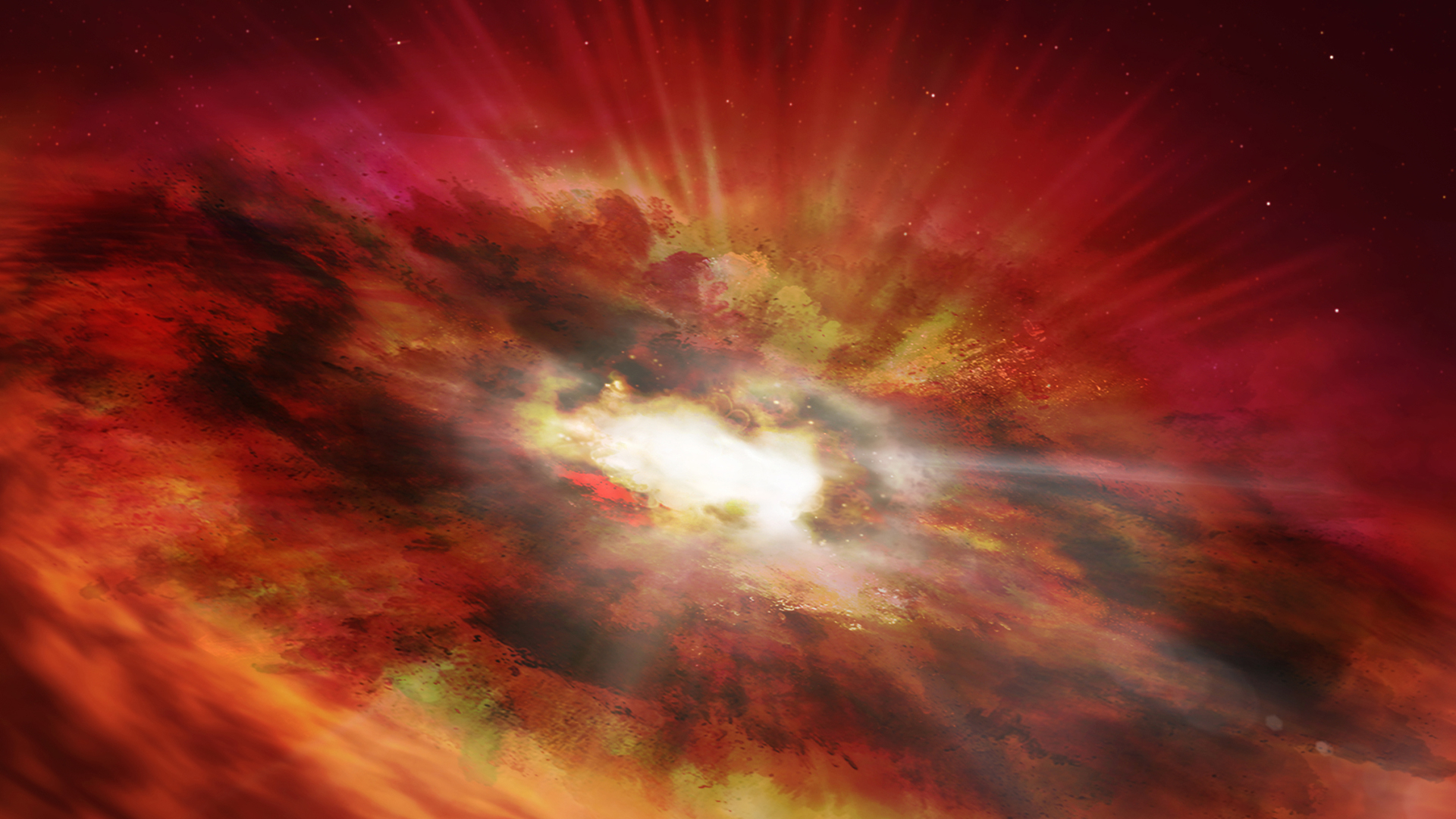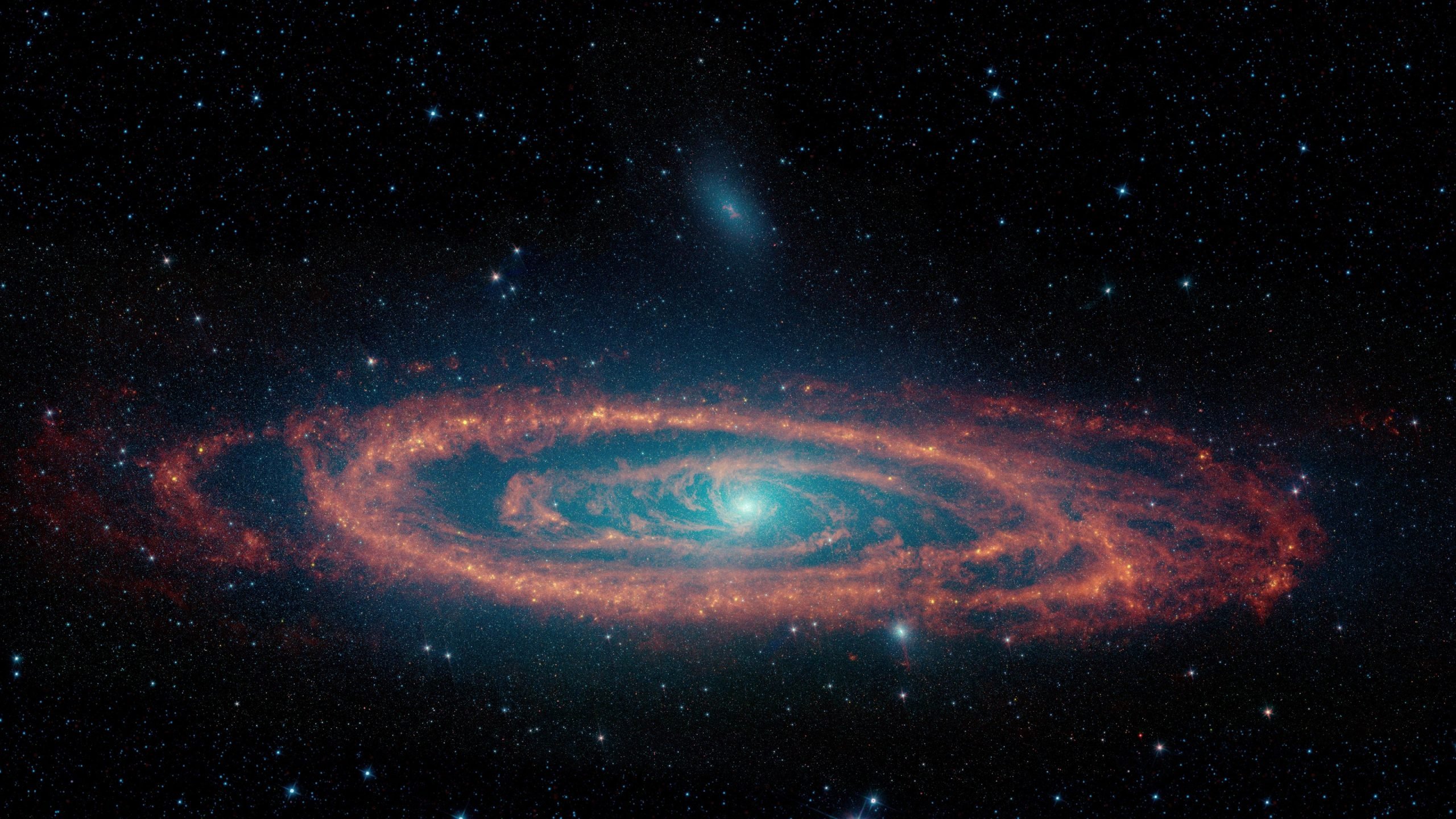Webb telescope discovers a mysterious carbon treasure around the young star
This is an artist’s impression of a young star surrounded by a disk of gas and dust. An international team of astronomers used NASA’s James Webb Space Telescope to study the disk around a young, very low-mass star known as ISO-ChaI 147. The results reveal the richest hydrocarbon chemistry yet observed in a protoplanetary disk. … Read more
